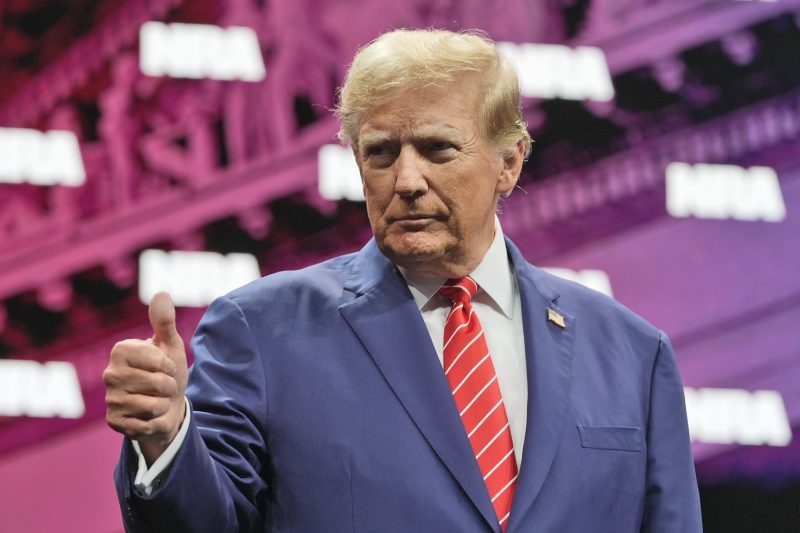In the realm of politics, campaigns are often marked by promises made to win support from the public. President Trump’s 2016 campaign was no exception, with bold claims concerning the healthcare sector standing out as a focal point. However, the reality of implementing and fulfilling such promises can be a challenging task, influenced by various factors such as the intricate workings of the healthcare system, political opposition, and the overall feasibility of the proposed changes.
One of the prominent pledges made during Trump’s campaign was the repeal and replacement of the Affordable Care Act (ACA), commonly known as Obamacare. The ACA, enacted during the Obama administration, aimed to increase the accessibility and affordability of healthcare for millions of Americans. Trump promised a more cost-effective and efficient alternative, emphasizing the need to reduce premiums and provide better coverage for individuals.
While there were attempts to repeal the ACA through legislation, the process proved to be highly contentious and ultimately unsuccessful. The complex nature of the healthcare system, coupled with disagreements within Congress and opposition from various stakeholders, posed significant obstacles to achieving a complete overhaul of the existing healthcare framework. As a result, the ACA largely remained intact, albeit with some modifications through executive actions.
Another key aspect of Trump’s healthcare promises was the negotiation of drug prices to lower the cost of prescription medications for consumers. The rising prices of drugs have been a pressing issue in the healthcare sector, affecting individuals’ access to essential treatments. Trump’s plan to leverage the government’s bargaining power to negotiate better prices with pharmaceutical companies resonated with many Americans seeking relief from the burden of high drug costs.
While initiatives were introduced to address drug pricing, the outcomes were mixed, and widespread reform in this area proved elusive. The influence of pharmaceutical companies, complex pricing structures, and regulatory frameworks presented significant challenges to achieving substantial reductions in drug prices. Despite some modest progress in specific cases, the broader goal of comprehensive price negotiation remained largely unfulfilled during Trump’s presidency.
Additionally, Trump’s campaign promises included expanding access to telemedicine services, enhancing transparency in healthcare pricing, and combating mental health issues. These initiatives reflected a broader vision of improving the overall quality and affordability of healthcare for Americans. However, the implementation of these promises faced a range of obstacles, including regulatory hurdles, technological barriers, and budget constraints.
In conclusion, campaign promises in the realm of healthcare are often ambitious and far-reaching, designed to appeal to voters and address pressing issues within the system. The case of Trump’s healthcare pledges underscores the complexities involved in translating campaign rhetoric into tangible policy changes. While efforts were made to fulfill some promises, the intricate nature of the healthcare landscape and broader political dynamics posed significant challenges to achieving comprehensive reform. Moving forward, it is essential for policymakers to navigate these complexities effectively, engaging with stakeholders, evaluating feasibility, and prioritizing initiatives that can lead to meaningful and sustainable improvements in healthcare delivery and accessibility.

